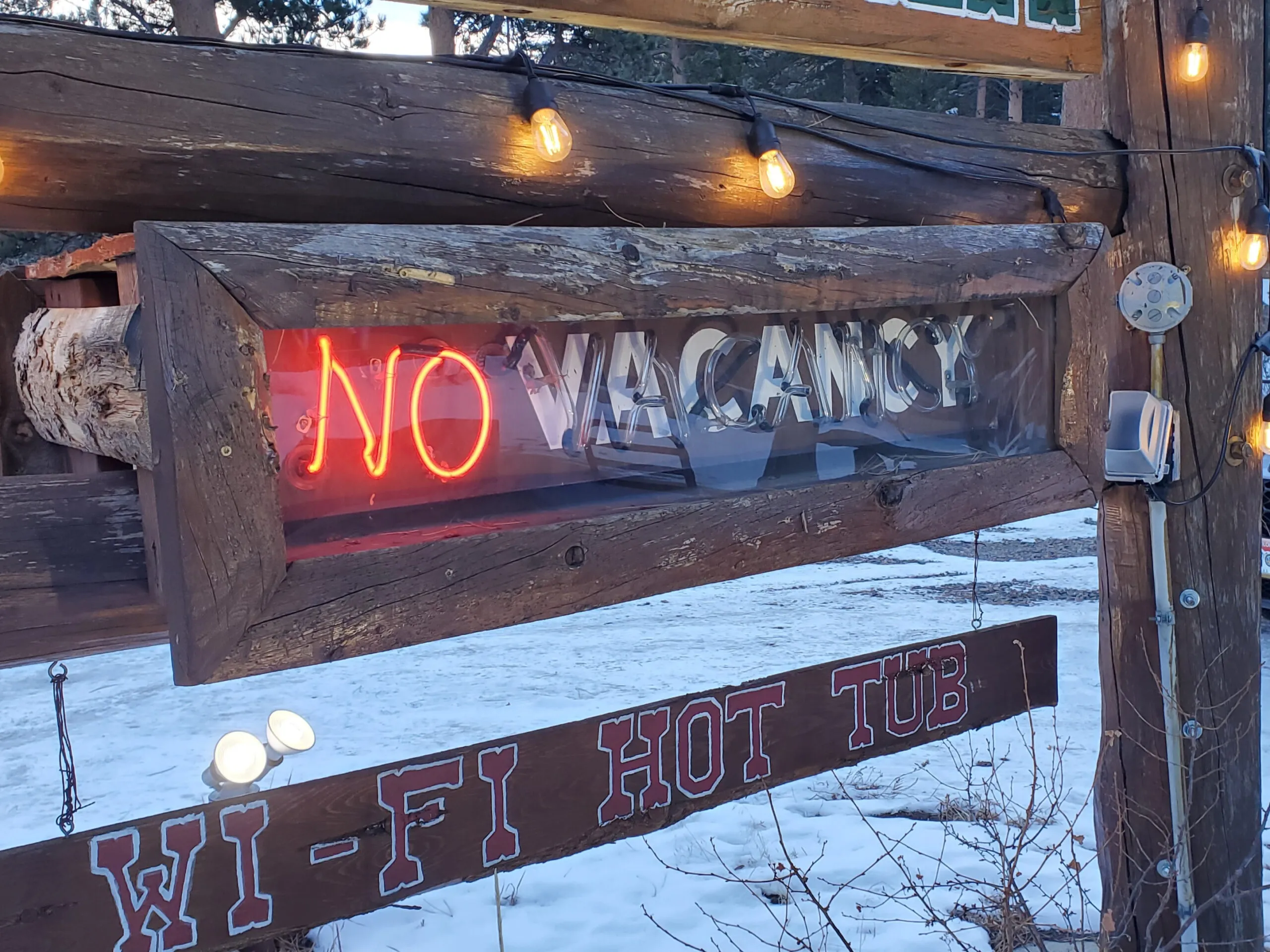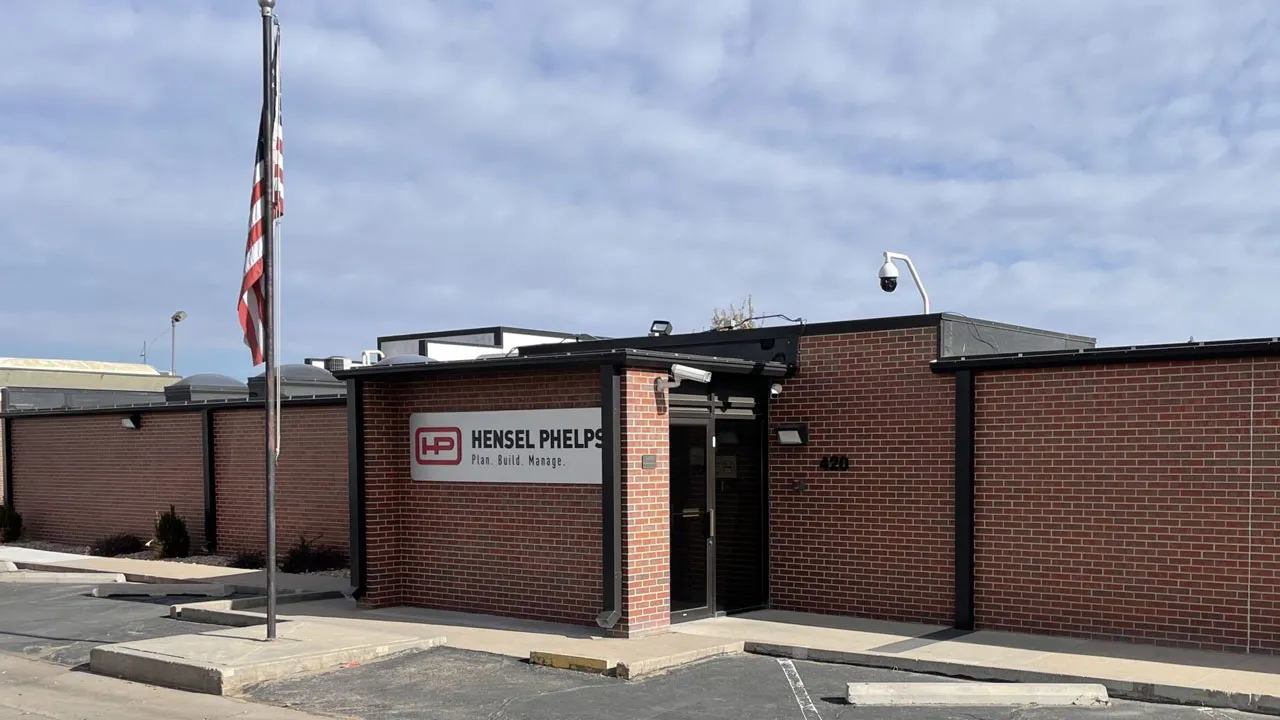Reprieved Sugar Creek gets final OK in Loveland

Despite lingering concerns about the safety of an adjacent road and how the Sugar Creek subdivision will be financed, the Loveland City Council on Tuesday gave final approval to a developer’s plan to add up to 1,100 single- and multi-family housing units to vacant land north of the city.
THIS ARTICLE IS FOR SUBSCRIBERS ONLY
Continue reading for less than $3 per week!
Get a month of award-winning local business news, trends and insights
Access award-winning content today!
Already have a paid subscription?
Sign in with GoogleSign in with Google





